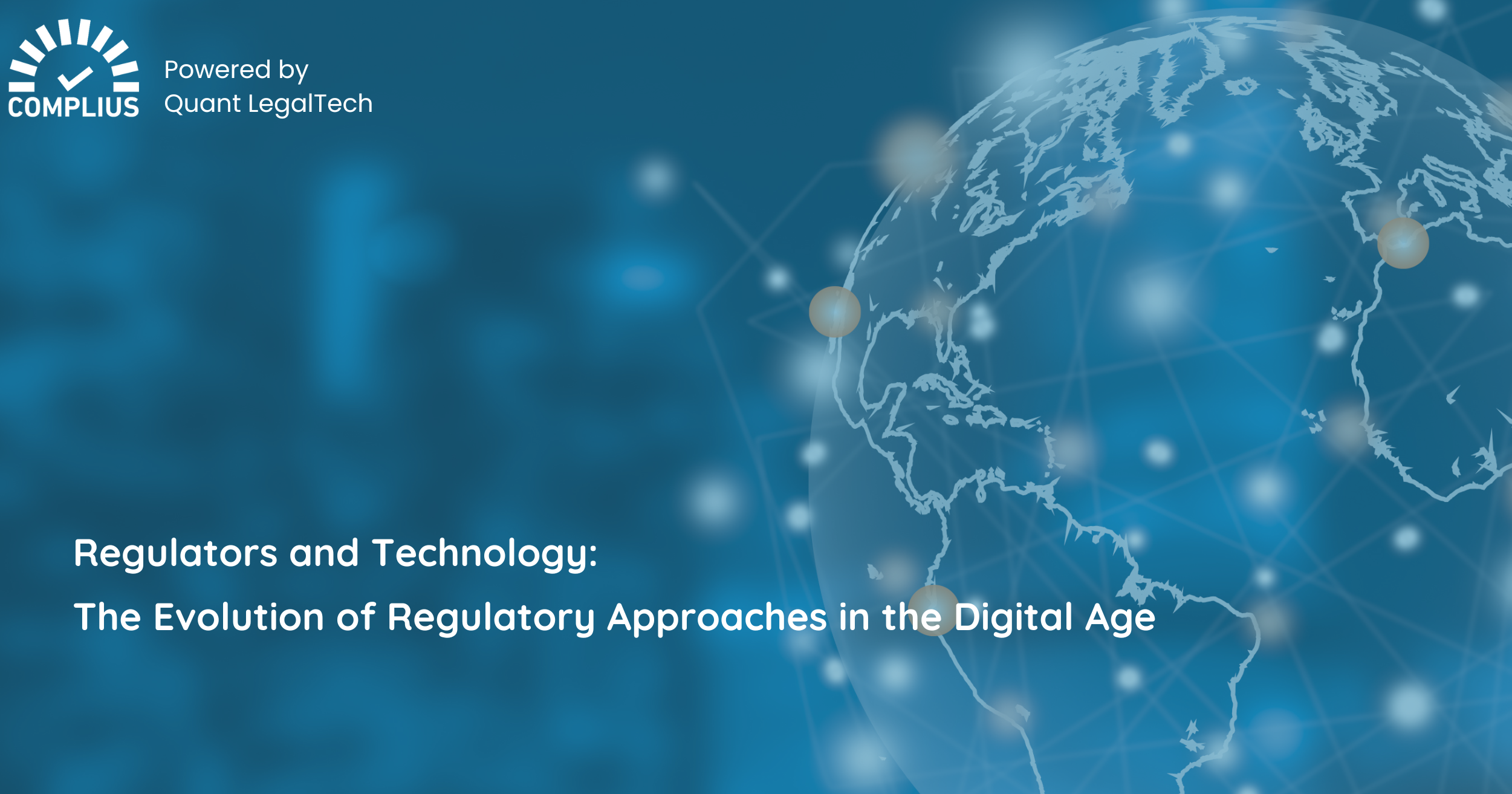Choose another country or region to see content specific to your location
Regulators and Technology: The Evolution of Regulatory Approaches in the Digital Age
August 11, 2023

The mounting evidence indicates that the technological progress in the 21st century has significantly impacted governments. The development and implementation of regulations by governing bodies, along with the methods employed by regulatory agencies to achieve their objectives, now require the integration of technology to strike a balance between minimizing burdens and safeguarding the interests of the public and consumers in this modern digital age.
Regulatory authorities are progressively embracing new and emerging technologies, such as automation and data science techniques, to enhance the efficiency and effectiveness of their regulatory practices.
1. Cloud-based systems
By utilizing cloud-based systems, organizations opt to rent hardware from a cloud provider instead of owning it. This grants them the advantage of accessing greater computational capacity and specialized hardware without the necessity of purchasing and storing it on their premises. This proves particularly advantageous for applications involving extensive data storage and processing, as well as for machine learning (ML) applications. In these cases, renting hardware from the cloud can often be a more cost-effective solution compared to acquiring additional hardware outright.
2. Centralized data management
Centralized data management and storage systems have facilitated data-driven innovation within organizations. When data is scattered across various formats and locations, the process becomes time-consuming, as it requires cleaning, accessing, and consolidating the data before it can be utilized. As a result, numerous government organizations are transitioning to centralized data management approaches, where all data is stored in a single location, in order to avoid data management complexities and save valuable time.
3. In-house analytical platforms
Certain organizations assert that establishing an in-house analytical platform has been a crucial initial stride towards creating future tools. These platforms offer a fundamental and customized software infrastructure that empowers data science teams to devise and explore novel concepts.
4. Off-the-shelf tools
Ready-made tools that facilitate data analytics can also be adopted to assist staff from various departments within an organization in leveraging data more effectively. While these tools may not be tailor-made or designed to meet the specific requirements of the organization, in certain cases, they can offer a cost-effective and proven solution for data analysis.
CASE STUDIES
1. Tableau™
As part of its Data Strategy, the Financial Conduct Authority has started to use Tableau™, a tool that allows for the creation of interactive dashboards of data and is providing training to staff to use that tool. Interviewees at the FCA noted that the use of such tools can help staff from across the organization become more comfortable with data science.
2. Quantgov.org (USRegDataTracker)
The US and Canadian governments use a “Regdata tracker” that tracks regulations on a daily basis. It counts the regulatory compliances that are which quantifies regulation by counting the number of regulatory restrictions. The tracker can also display the attributes of regulatory compliances that are relevant to a specific industry.
3. Cloud based system
The government of Cambridge uses a technology which collects data via third party food safety management using cloud connected sensors that helps environment food safety officers to do their inspections more efficiently.